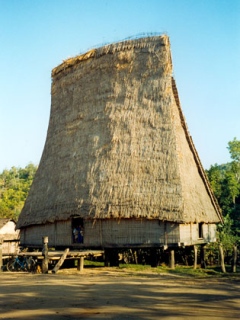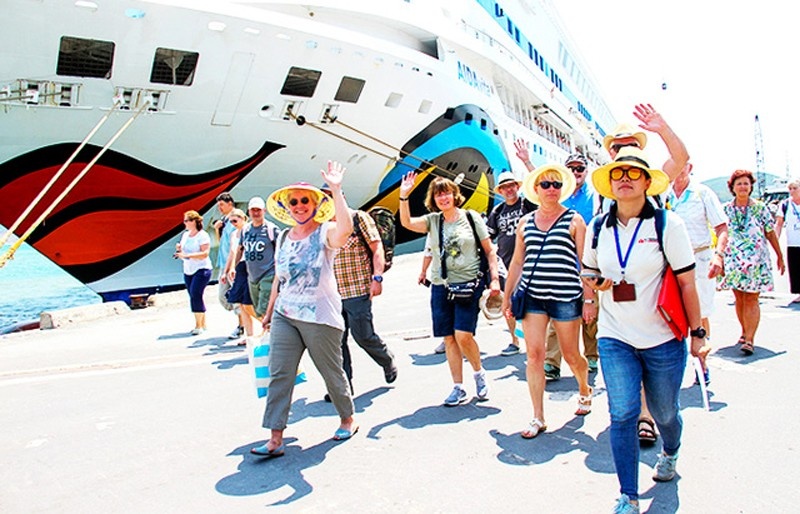Efforts to modernise ethnic houses frowned on

Cao Minh Hai, the commune’s Party Committee Secretary, said the province paid VND80 million ($4,000) to build the four tin-roof Rong houses.
However, during the last three years, local residents refused to use the four modern communal houses and instead donated their own money to construct two other traditional Rong houses with bamboo and thatched roofs.
This is not the first time the Kon Tum government has encountered obstacles in modernising local ethnic peoples’ communal houses.
In May, the Ba Na ethnic people in Kontum Kơnâm Village in Thong Nhat ward, Kon Tum province were disappointed to hear that their communal Rong house’s thatched roof would replaced by tin panels.
Explaining for the replacement, Nong Hong Cong, chairman of Thong Nhat People’s Committee, said the locality decided to use a tin roof since the traditional thatched roof is not durable.
“A traditional thatched roof can only be used for just five to seven years,” he said.
“A Rong house with a metal roof is not a traditional Ba Na communal house,” A Hiuh, a villager, expressed her disagreement.
Rong house is a special type of stilt houses which is much more spacious with imposing traditional beauty. The communal house, which is a cultural symbol of Central Highlanders is where most of the community activities such as meeting, wedding ceremonies, praying ceremonies take place. It is also the place for welcoming guests.
What the stars mean:
★ Poor ★ ★ Promising ★★★ Good ★★★★ Very good ★★★★★ Exceptional
Latest News
More News
- Potential rises for golf tourism boom (November 06, 2024 | 15:17)
- Ba Ria-Vung Tau strengthens regional links to bolster tourism (November 04, 2024 | 10:00)
- Vietnam attracts growing interest from global travellers (October 28, 2024 | 17:59)
- Vietjet receives latest aircraft from Airbus in France (October 08, 2024 | 18:02)
- Telling travel stories through movies (October 08, 2024 | 14:00)
- South Korean tourists lead Vietnam’s tourism revival (October 08, 2024 | 11:49)
- Vietnam a golden land for golf tourism (October 08, 2024 | 11:41)
- Con Dao leads the way in circular tourism (October 08, 2024 | 08:00)
- Nestlé and VNAT announce new cooperation initiative (October 02, 2024 | 15:43)
- Hanoi recognises new city-level tourist areas (September 27, 2024 | 20:25)
















 Mobile Version
Mobile Version